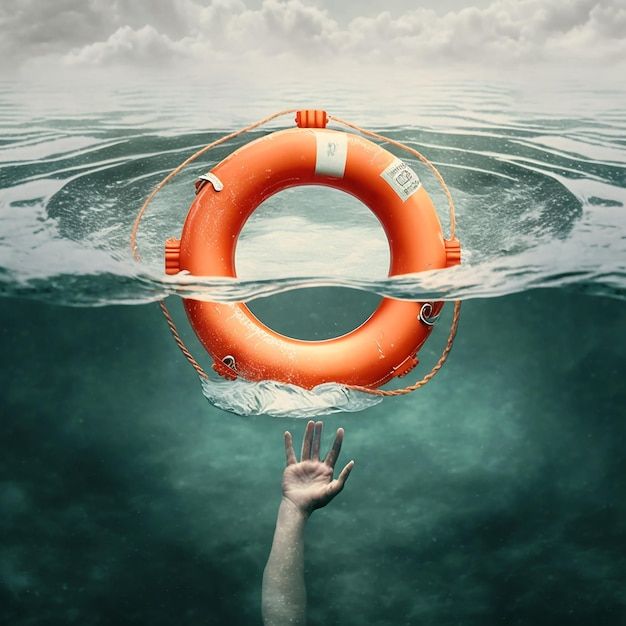Lifeguard Certification: What You Need to Know
If you’re passionate about swimming and have a desire to keep others safe, becoming a lifeguard can be an incredibly rewarding path. Not only do lifeguards play a crucial role in water safety, but they also gain valuable skills and experiences that can benefit them in various areas of life lifeguard. In this blog post, we’ll explore what you need to know about lifeguard certification, from prerequisites to training and job opportunities.

Why Get Certified?
Lifeguard certification is essential for anyone looking to work in pools, beaches, or water parks. This certification not only provides you with the knowledge and skills to prevent and respond to emergencies but also enhances your employability in the field. Many employers require certified lifeguards to ensure that their staff can effectively handle potentially life-threatening situations.
Prerequisites for Certification
Before diving into a lifeguard training course, there are a few prerequisites you should be aware of:
- Age Requirements: Most certification programs require candidates to be at least 15 years old. Some organizations may allow younger participants to train but not to work as lifeguards until they reach the minimum age.
- Swimming Skills: A strong foundation in swimming is crucial. Candidates typically need to swim a certain distance (usually 300 yards) within a specific time frame, demonstrating proficiency in different strokes.
- Health and Fitness: Good physical fitness is essential, as lifeguarding can be physically demanding. It’s also important to be in good health to perform rescues effectively.
Training and Certification Courses
Lifeguard certification courses are offered by various organizations, including the American Red Cross, YMCA, and other accredited bodies. Here’s what you can generally expect from the training:
1. Course Content
- Water Rescue Techniques: Learn how to safely rescue swimmers in distress and use various techniques, including reaching and throwing assists.
- CPR and First Aid: Training in cardiopulmonary resuscitation (CPR) and first aid is a critical component of lifeguard certification. You’ll learn how to respond to emergencies, including drowning, cardiac arrest, and other medical situations.
- Surveillance Skills: Developing the ability to effectively monitor and assess the safety of patrons is vital. Training includes recognizing potential hazards and identifying distressed swimmers before a situation escalates.
- Communication: Lifeguards must communicate effectively with patrons, coworkers, and emergency personnel. Training typically includes strategies for clear communication in high-stress situations.
2. Hands-On Practice
Practical training is a key element of lifeguard courses. You’ll participate in mock scenarios, practicing rescue techniques and emergency response in a controlled environment.
3. Written Exam
At the end of your training, you’ll need to pass a written exam to demonstrate your knowledge of the material covered in the course.
Maintaining Your Certification
Lifeguard certifications are not lifetime credentials. They typically need to be renewed every two years, which may require a refresher course and recertification in CPR and first aid. Staying current is crucial, as protocols and techniques can evolve.
Job Opportunities
Once you’re certified, a world of job opportunities opens up. Lifeguards can work at:
- Public and private pools
- Beaches and lakes
- Water parks
- Summer camps
- Fitness centers
Additionally, lifeguarding can serve as a stepping stone to careers in emergency services, coaching, or recreation management.
Conclusion
Becoming a certified lifeguard is a fulfilling way to contribute to community safety while developing lifelong skills. Whether you’re looking to start a career in aquatics or simply want a summer job, lifeguard certification equips you with the knowledge and confidence to make a difference. If you’re ready to take the plunge, look for a certification course near you and get started on this exciting journey!
